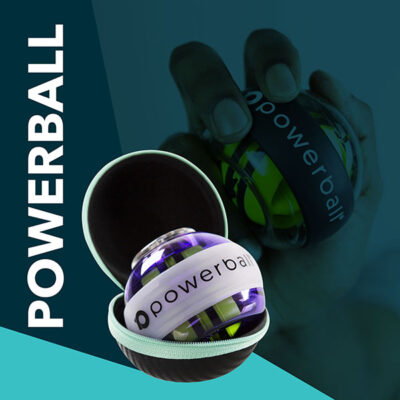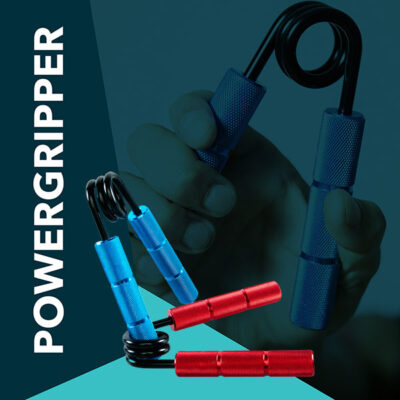Powerball
I manage to reach about 2000rpm and then the rotor just dies, what’s wrong?
Have a Question?
Reason: Poor wrist rotation / starting technique
Solution: Follow the correct technique as outlined below
Detailed Explanation: (Note: from time to time we will receive a correspondence from a new customer who has purchased a Powerball but is unable to successfully activate the rotor. In these cases, the first reaction is to suspect that you have purchased a faulty unit! We are here to reassure you that in absolutely every such case that we have seen in the past, the cause of this has been either as a result of using an incorrect technique (99%) or, as a result of the plastic starter cord tip (or other such foreign object) entering the inner cavity and jamming the mechanism (1%)… removing the foreign body is covered in another FAQ here – while learning the correct technique is covered in the following information).
Once you have initially jump started the rotor with the cord (please click on the following video for a visual solution or review the written instructions here) it is important that you quickly synchronise your wrist rotation speed so that it fully aligns with the rotor speed in the ball.
From experience, you will see that a good, sharp pull on the cord will leave the rotor spinning at around 2500/3000rpm.
From that point, unless you begin to “agitate” the rotor by rotating your wrist in a correct fashion, the rotor will begin to decelerate and the speed will effectively die (natural laws of physics! :o)
You therefore must begin rotating your wrist at a slow, steady pace so that it manages to sync perfectly with the spinning rotor in the sphere and help to both sustain and build its speed.
This is easier to do than it sounds;
If you are a beginner with Powerball, we recommend wide, lazy wrist turns, such as if you were stirring a pot, whisking eggs or waxing a car – about 5/6″ in diameter, about 1 or 2 turns each second.
It is all about “feel” – you will immediately know that you are at the correct speed as you will begin to feel a resistance to your wrist rotation efforts (when you are out of sync, there will be no resistance, the rotor may “slap” around noisily inside the sphere and it will feel as if you are just turning your hand around the wrist joint – when in sync however, there will be a pleasant, soothing resistance to your efforts and the Powerball will suddenly feel much heavier in your hand!)
Once you feel this resistance (otherwise known as Gyroscopic Inertia), slowly begin to increase the speed of your wrist rotation (NOTE: it is important that only the wrist rotates – your arm must remain steady and in the one position) – this will serve to increase the actual speed at which the rotor is spinning which, in turn, will increase the resistance being inflicted on your hand/wrist/arm.
Once again, if you are trying to turn your wrist too fast while at these slow starting speeds or, if your turning circles are too small, you will hear (and feel!) the rotor slapping noisily inside the sphere – if this happens, simply slow the speed of your turns or increase the diameter of the turn (dimensionally)… this will immediately help to bring you back in sync with the spinning rotor and the speed will build proportionally once again.
So remember, if it hits 2000rpm from the pull start and then dies, you are doing it wrong!)






